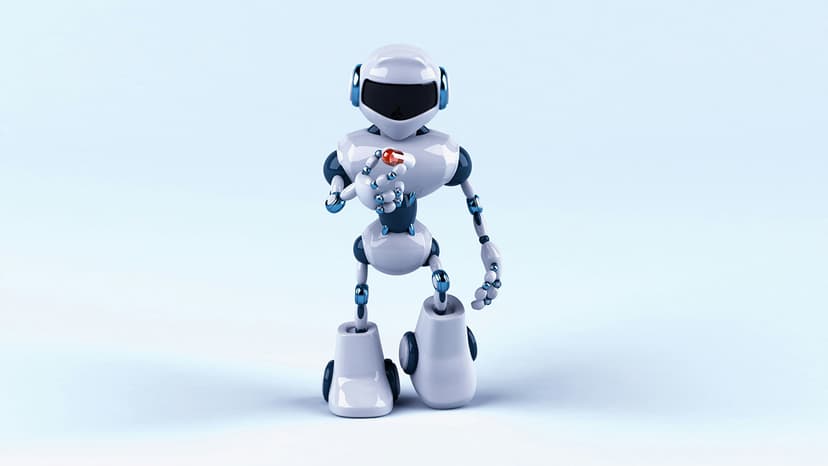How to Optimize Performance in Your DataDog React Application
Have you ever found yourself struggling to optimize performance in your DataDog React application? Fear not, as we have compiled a comprehensive guide to help you tackle this common challenge.
Identify Performance Bottlenecks
The first step in optimizing your DataDog React application is to identify performance bottlenecks. This can be achieved by utilizing DataDog APM to track your application's performance metrics. By analyzing data such as response times, error rates, and resource utilization, you can pinpoint areas that require optimization.
Utilize Memoization
Memoization is a powerful technique that can significantly improve performance in React applications. By memoizing expensive computations or function calls, you can cache the results and avoid unnecessary recalculations. Consider using libraries such as memoize-one or reselect to implement memoization in your application.
Javascript
Lazy Loading Components
Another effective strategy to optimize performance in your DataDog React application is to implement lazy loading for components. By lazy loading components that are not immediately visible on the screen, you can reduce the initial load time of your application. React's React.lazy and Suspense features make it easy to implement lazy loading in your application.
Javascript
Code Splitting
Code splitting is a technique that involves breaking down your application code into smaller chunks, which are loaded asynchronously. This can help reduce the initial load time of your application and improve performance. React has built-in support for code splitting using dynamic imports.
Javascript
Optimize Render Performance
Optimizing render performance is crucial for ensuring a smooth user experience in your DataDog React application. Avoid unnecessary re-renders by optimizing your component's shouldComponentUpdate method or utilizing React hooks such as useMemo and useCallback.
Minimize State Updates
Frequent state updates can impact the performance of your DataDog React application. Minimize unnecessary state updates by grouping them together using useState hooks or implementing state management libraries such as Redux or MobX.
Use Pure Components
Pure components in React are components that do not rely on any external state or props. By using pure components, you can optimize performance by preventing unnecessary re-renders. Consider converting your existing components to pure components where applicable.
Implement Virtualized Lists
If your DataDog React application renders large lists of data, consider implementing virtualized lists to improve performance. Libraries such as react-virtualized or react-window can help you efficiently render large lists by only displaying the visible items on the screen.
Profile and Monitor Performance
Regularly profiling and monitoring the performance of your DataDog React application is essential for identifying potential bottlenecks. Use tools such as Chrome DevTools, React Profiler, or DataDog's built-in monitoring features to track your application's performance metrics and make data-driven optimizations.
Optimizing performance in your DataDog React application is a continuous process that requires diligence and attention to detail. By following the strategies outlined in this guide, you can significantly improve the performance of your application and provide a seamless user experience. Remember to regularly monitor your application's performance metrics and make adjustments as needed to ensure optimal performance.












